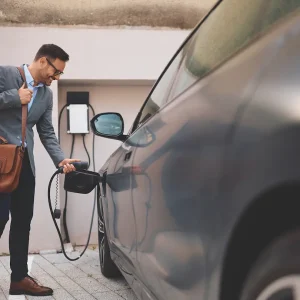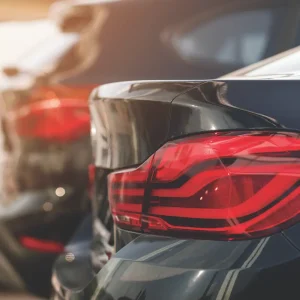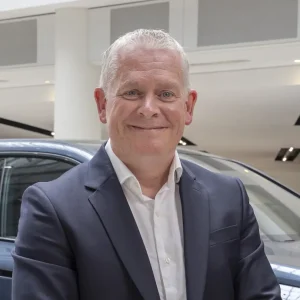Speaking at the launch of its new large SUV, the Tarraco, Seat’s executive vice-president for research and development, Dr Matthias Rabe, said although the company will begin its adoption of electrified powertrains in 2019, it will continue to produce petrol and diesel cars.
The Spanish brand, which has posted record growth in ‘true fleet’ in the UK in 2018, will launch an electric version of the Mii city car in 2019, with a new medium-sized electric car in 2020 on a bespoke electric vehicle platform.
As well as fully electric models, Seat will also introduce plug-in hybrid models in the new Leon range, due for launch in 2019, as well as the Tarraco.
But Rabe said, “We will still see diesel engines in bigger cars, as we see emissions move closer to those of petrol engines.
“But in future, because of the cost of the exhaust after-treatment, it will be most suited to heavier, larger and more expensive cars, where that cost can be more easily accommodated.
“Diesel is already decreasing in smaller cars, and here we will see more turbocharged direct-injection petrol engines.”
Rabe confirmed Seat will also adopt ‘mild hybrid’ technology, where a self-charging 48V battery powers a small motor that assists the engine with acceleration, reducing fuel consumption and emissions.
But unlike conventional hybrids or plug-in hybrids, the vehicle cannot be driven by the electric motor alone.
The first plug-in hybrid Seats will arrive in 2019, promising CO2 emissions of less than 50g/km with a maximum charged range of more than 30 miles.
The Tarraco (pictured), which along with the Ateca and Arona brings Seat’s SUV family up to three, will initially be available with a choice of 150 and 190hp petrol and diesel engines, with four-wheel drive available in conjunction with a DSG automatic transmission.
The plug-in hybrid variant will use a four-cylinder turbocharged petrol engine with an electric motor, offering a maximum combined powertrain output of 210hp.
The Tarraco range will be launched with three equipment grades: Style, Xcellence and FR, with five-seat and seven-seat versions available.
It is similar in size to the Skoda Kodiaq and Volkswagen Tiguan Allspace, sharing many components, and will be built at Volkswagen’s plant in Wolfsburg.
The Tarraco will take the Seat brand into uncharted territory for pricing, with many versions priced at more than £30,000, especially for a brand previously associated with value for money and reaching a youthful audience.
Seat president Luca De Meo said, “The success we’ve had with the Ateca suggested the Tarraco would be possible.”
He added that most Ateca models sold are at the higher end of the range, and in order to continue growing the company needs to have a presence in popular sectors.
De Meo says that currently Seat has a 70% conquest rate, and is predicting another record profit year in 2018, in spite of some delays in production related to
WLTP.
He said the medium SUV sector has grown by 100% in five years, and is predicted to increase by a further 40% by 2025, demonstrating room for the Tarraco.
But Seat is committed to continuing its other seven-seat model, the Alhambra MPV, as bosses say it still sells well and appeals to a different audience from the Tarraco.
Rabe said the Alhambra would undergo a major update in the near future, taking on some of the safety technology featured in the latest Seat models, which should see the car continue on price lists well into the next decade.





